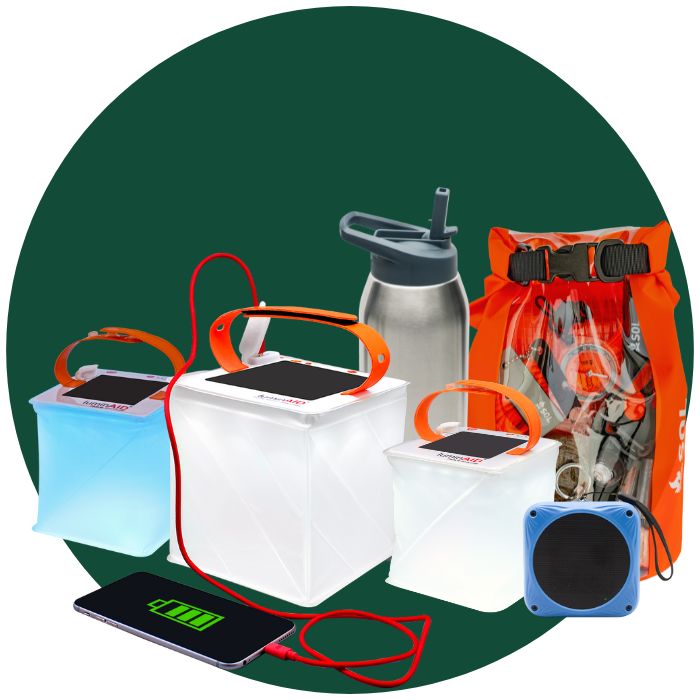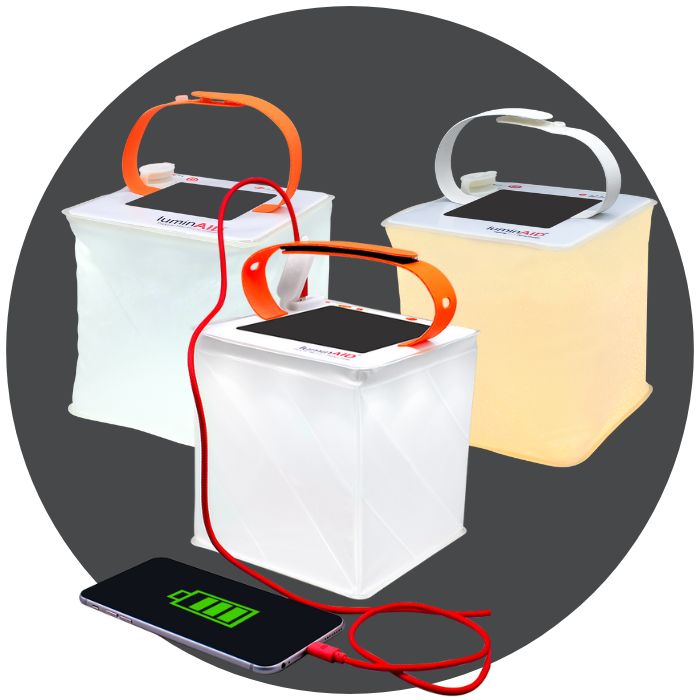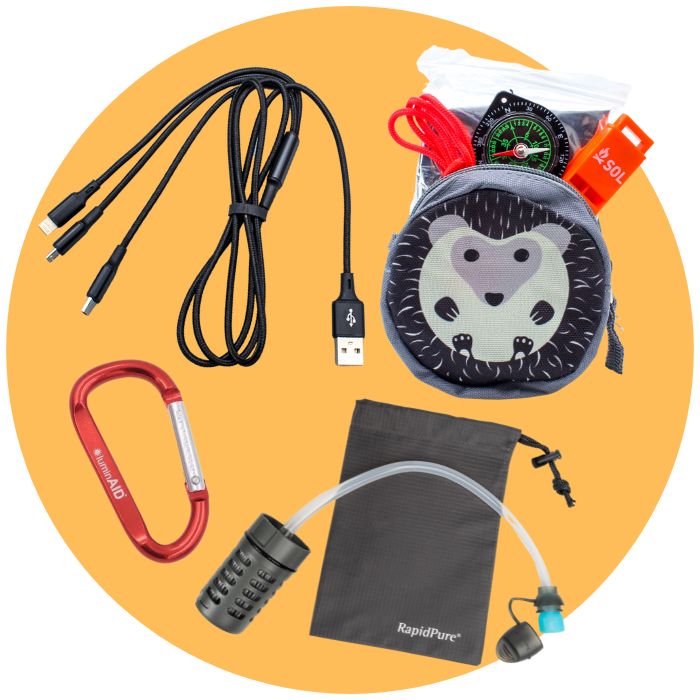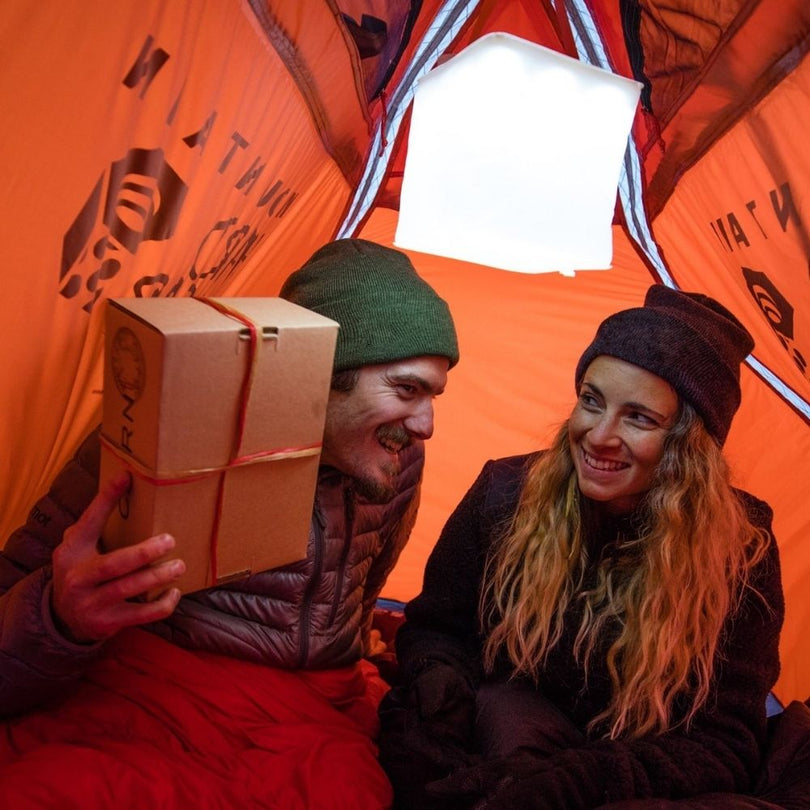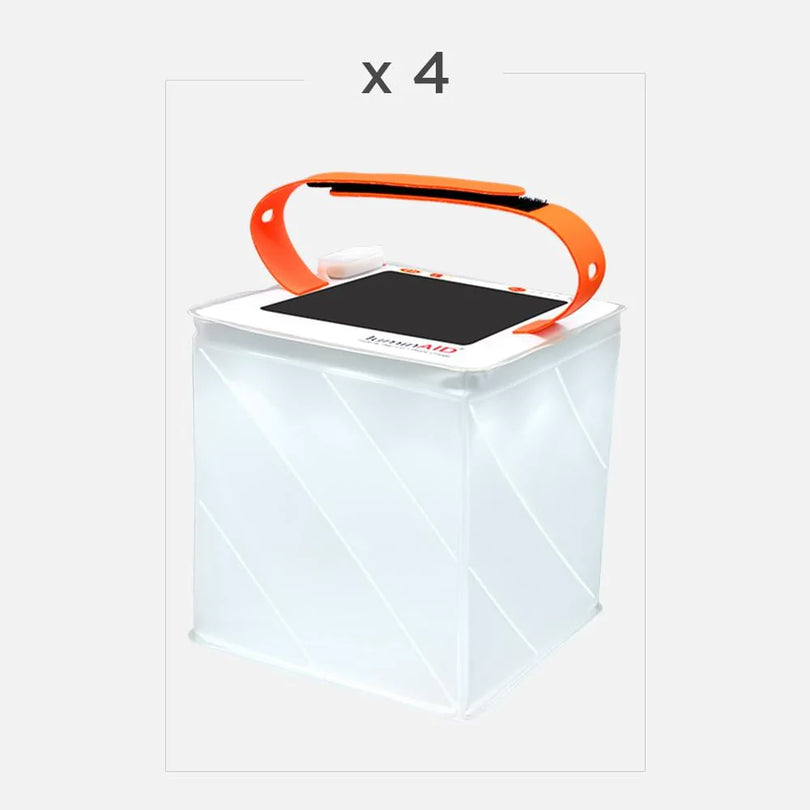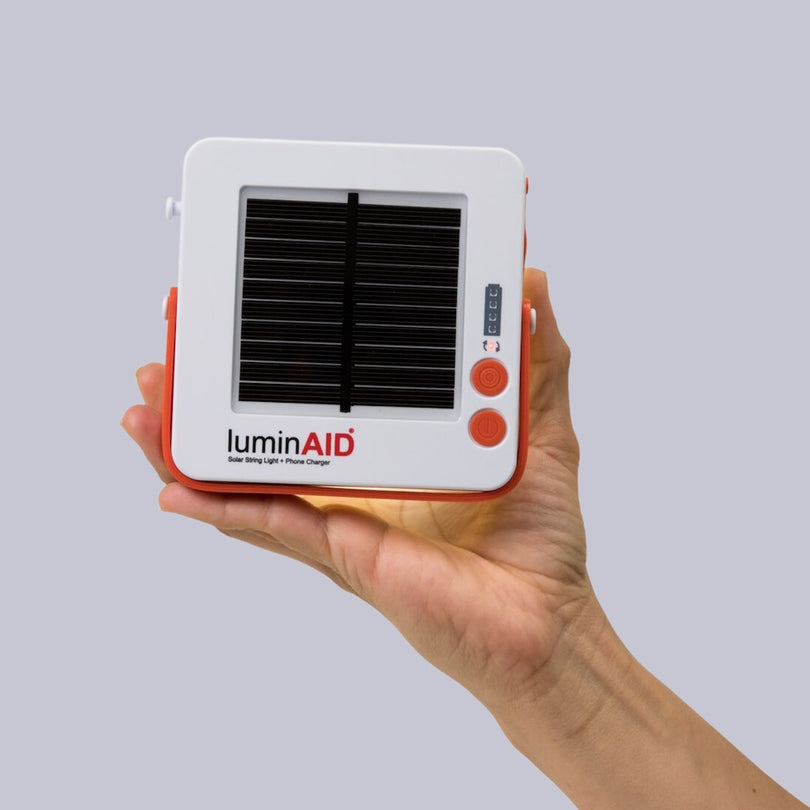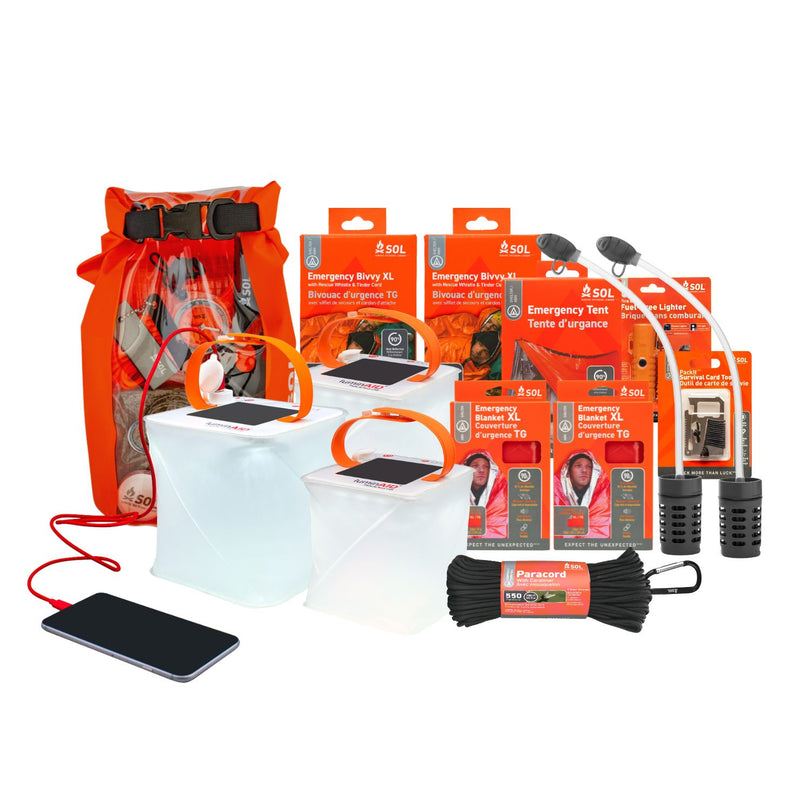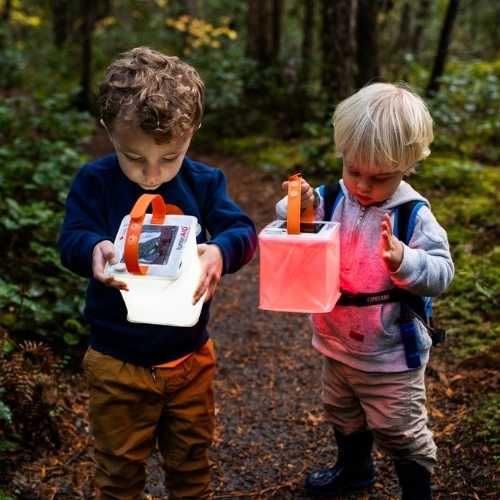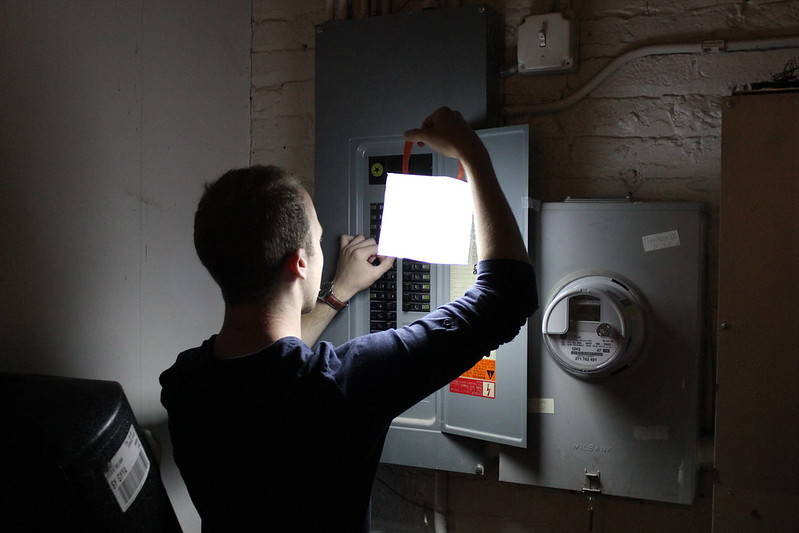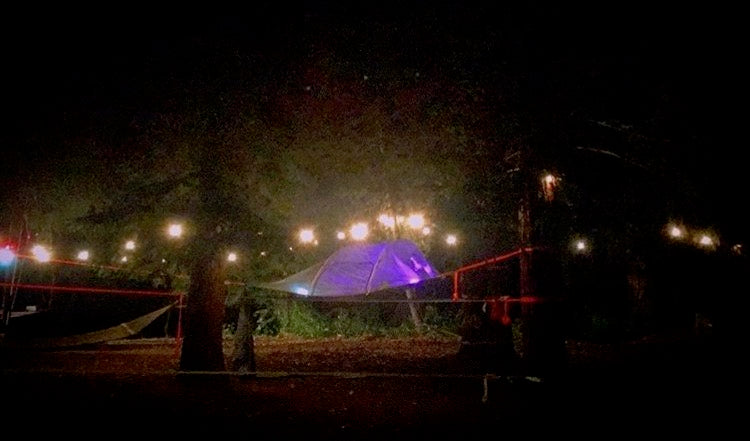In many low-income regions and in communities recovering from disasters, electricity is limited or completely inaccessible. Lighting sources like kerosene lanterns and open-flame candles create dangerous environments for the families who use them. Given the fire hazard that fuel-based lighting poses to vulnerable families, solar lanterns can be a life-saving lighting alternative for communities already struggling.
The scope of this problem is hard to grasp without the numbers: More than 200,000 people are injured by, or lose property in fires caused by kerosene lanterns in South Africa each year. In Sri Lanka, kerosene fuel accounts for around 40% of all burn cases. Children tend to be disproportionately affected by burn-related injuries; in one study in Bangladesh, over 60% of all burn victims of kerosene lamps or candles were under the age of 9. (More on the effects of lighting inequity here).
The effects of these injuries can have lifelong psychological, physical, and social effects on the victims. It takes little to see that a switch from kerosene to solar lanterns would have undeniably beneficial long-term effects on the basic well-being of communities.
In particular, limited electricity access combined with temporary housing flammability among refugees and victims of natural disaster increases the risk of fire for communities already financially and socially vulnerable. One study found that, according to modest estimates, over 380,000 refugees and displaced persons in humanitarian camps were left without shelter following tent fires between 1990-2015. These incidents have been increasing in rate and frequency in the past several years, with more refugees left homeless, injured, or killed from fires in humanitarian camps.
Solar lanterns offer a safe and portable alternative to fire-based light sources. LuminAID solar lights are designed to be easy to use, a useful thing to have in informal settlements where existing infrastructure is limited. Able to significantly reduce fire hazard and be immediately implemented, LuminAID lights are the safe and appropriate way to address a vast need of vulnerable communities.

